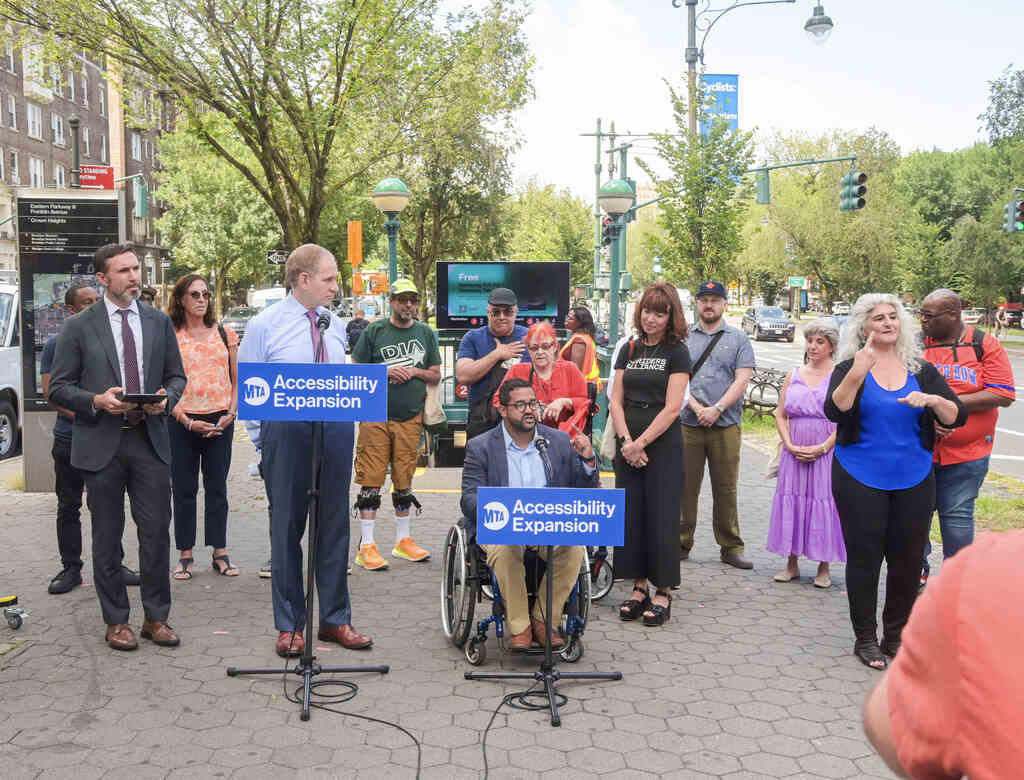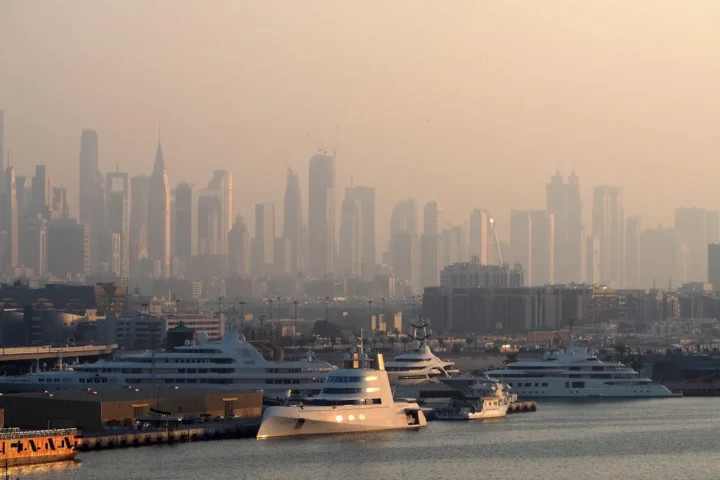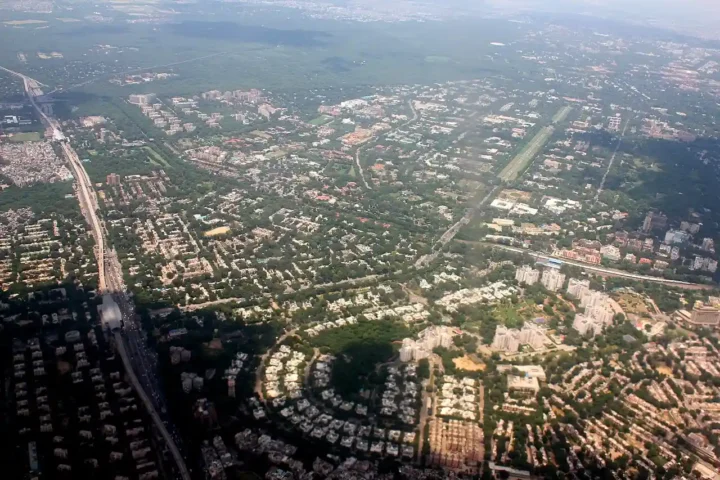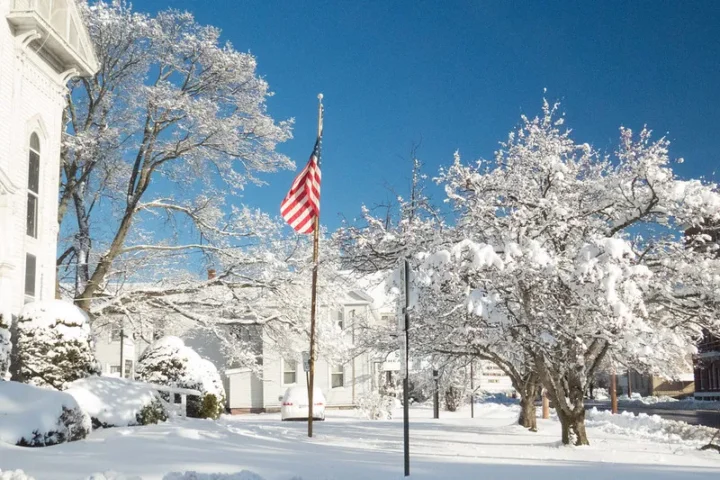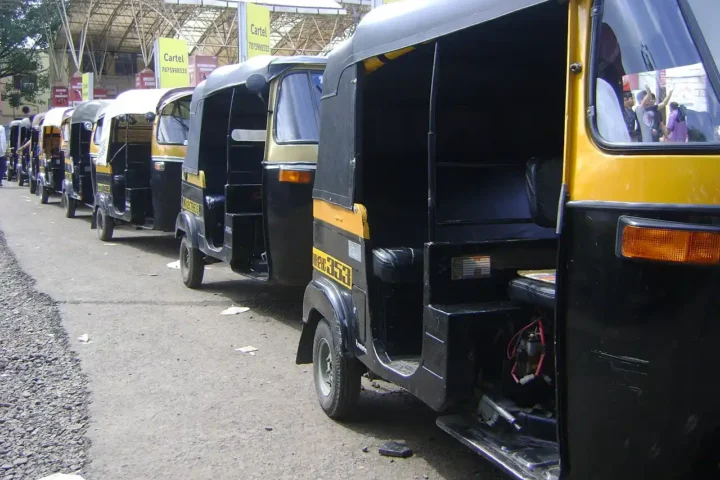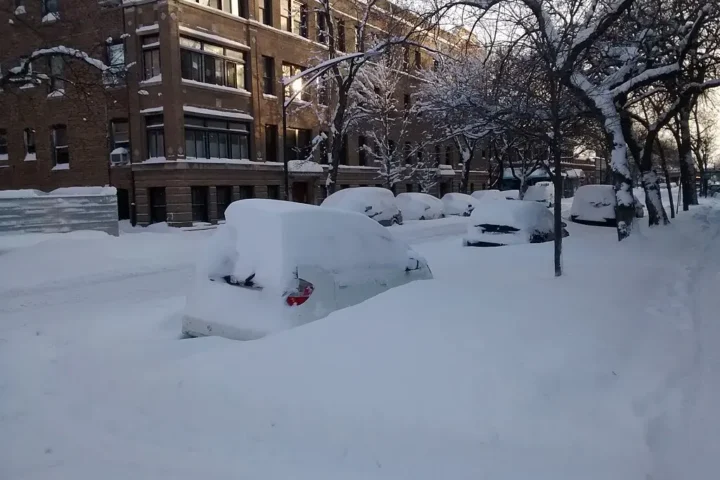Governor Kathy Hochul and the MTA announced 12 more subway stations will receive accessibility upgrades as part of the 2025-2029 Capital Plan, marking a major push during Disability Pride Month. The expansion continues the system’s accelerated pace toward making 70 percent of subway rides accessible to all New Yorkers.
“Every New Yorker deserves an accessible, safe, and reliable transit system,” Governor Hochul said during the July 22 announcement. “These 12 stations represent real progress toward our goal of system-wide accessibility.”
The upgrades come after more than 2,000 rider submissions helped guide station selection. The improvements build on recent momentum – 36 ADA stations completed since 2020, double the total from the previous six years.
MTA Chair Janno Lieber noted the system is now upgrading stations “five times faster” than historical rates.
The 12 stations receiving elevators and ramps span four boroughs:
Brooklyn (4): Bedford-Nostrand Avs (G), Franklin Av-Medgar Evers College (2/3/4/5), Botanic Garden (Franklin Av Shuttle S), Grand Army Plaza (2/3)
Queens (2): 63 Dr-Rego Park (M/R), Grand Av-Newtown (M/R)
Manhattan (2): Cathedral Pkwy-110 St (1), 190 St (A)
Bronx (3): Woodlawn (4), Fordham Rd (B/D), Eastchester–Dyre Av (5)
Brooklyn (additional): 53 St (R)
The accessibility push follows a 2022 class-action settlement requiring the MTA to make 95 percent of stations accessible by 2055. Currently, about 158 of 493 stations are fully ADA-compliant.
Federal funding plays a crucial role, with $156.5 million coming from the All Stations Accessibility Program (ASAP) grant for Bronx and Manhattan stations in fiscal year 2024. Since 2022, federal ADA allocations to the MTA have topped $410 million.
The 2025-2029 Capital Plan also relies on congestion pricing revenue to fund these upgrades; a connection advocacy groups have praised.
“These investments directly connect congestion pricing to better transit access,” said a Riders Alliance spokesperson.
Beyond new elevators, the MTA is addressing reliability concerns. The Capital Plan includes replacing 45 aging elevators system-wide.
The MTA also launched a revamped Elevator & Escalator Status tool, giving riders real-time updates on lift functionality across the system.
With these 12 stations and others already under construction, the MTA continues working toward its accessibility targets while modernizing a century-old system that was not originally built for universal access.
